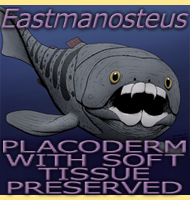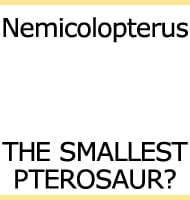Chilantaisaurus
In Depth Chilantaisaurus has had a jumbled taxominc history since its initial discovery mainly due to the inclusion of fragmentary remains that were later found to represent other, although similar dinosaurs. One example is Chilantaisaurus maortuensis which has been found to represent a carcharodontosaurid theropod and has since been renamed Shaochilong. Another current species of … Read more

